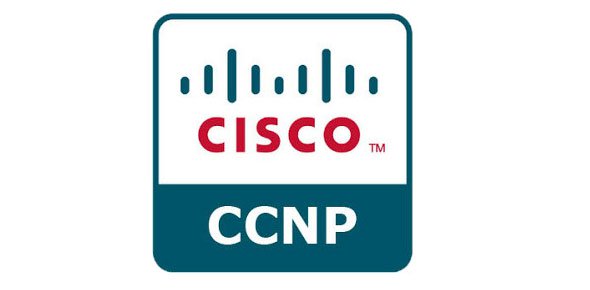CCNP Routing and Switching Training
Course Description
Cisco Certified Network Professional (CCNP) Routing and Switching certification validates the ability to plan, implement, verify and troubleshoot local and wide-area enterprise networks and work collaboratively with specialists on advanced security, voice, wireless and video solutions. The CCNP Routing and Switching certification is appropriate for those with at least one year of networking experience who are ready to advance their skills and work independently on complex network solutions. Those who achieve CCNP Routing and Switching have demonstrated the skills required in enterprise roles such as network engineer, support engineer, systems engineer or network technician. The routing and switching protocol knowledge from this certification will provide a lasting foundation as these skills are equally relevant in the physical networks of today and the virtualized network functions of tomorrow.
Curriculums
Describe routing protocols, different remote connectivity options and their impact on routing and implement RIPng Configure EIGRP in IPv4 and IPv6 environment Configure OSPF in IPv4 and IPv6 environment Implement route redistribution using filtering mechanisms Implement path control using policy based routing and IP SLA Implement enterprise Internet connectivity Secure Cisco routers according to best practices and configure authentication for routing protocols
Course Outline
Module 1: Basic Network and Routing Concepts
Module 2: EIGRP Implementation
Module 3: OSPF Implementation
Module 4: Configuration of Redistribution
Module 5: Path Control Implementation
Module 6: Enterprise Internet Connectivity
Module 7: Routers and Routing Protocol Hardening• Describe the hierarchical campus structure, basic switch operation, use of SDM templates, PoE, and LLDP
• Implement VLANs, trunks, explain VTP, implement DHCP in IPv4 and IPv6 environment, and configure port aggregation
• Implement and optimize STP mechanism that best suits your network – PVSTP+, RPVSTP+, or MSTP
• Configure routing on a multilayer switch
• Configure NTP, SNMP, IP SLA, port mirroring, and verify StackWise and VSS operation
• Implement First Hop redundancy in IPv4 and IPv6 environments
• Secure campus network per recommended practicesCourse Outline
• Module 1: Basic Concepts and Network Design
• Module 2: Campus Network Architecture
• Module 3: Spanning Tree Implementation
• Module 4: Configuring Inter-VLAN Routing
• Module 5: Implementing High Availability Networks
• Module 6: First Hop Redundancy Implementation
• Module 7: Campus Network Security• Describe the troubleshooting tools and methodologies that are used to identify and resolve issues in complex enterprise networks
• Isolate and fix the network issues that your company, SECHNIK Networking Ltd., is facing
• Isolate and fix the network issues that your customer, TINC Garbage Disposal Ltd., is facing
• Isolate and fix the network issues that your customer, PILE Forensic Accounting Ltd., is facing
• Isolate and fix the network issues that your customer, Bank of POLONA Ltd., is facing
• Isolate and fix the network issues that your customer, RADULKO Transport Ltd., is facing
Course Outline:
• Module 1: Tools and Methodologies of Troubleshooting
• Module 2: Troubleshooting at SECHNIK Networking Ltd
• Module 3: Troubleshooting at TINC Garbage Disposal Ltd
• Module 4: Troubleshooting at PILE Forensic Accounting Ltd
• Module 5: Troubleshooting at Bank of POLONA Ltd
• Module 6: Troubleshooting at RADULKO Transport Ltd

